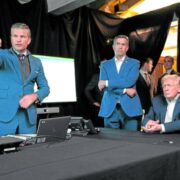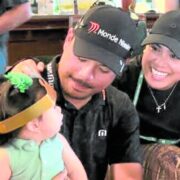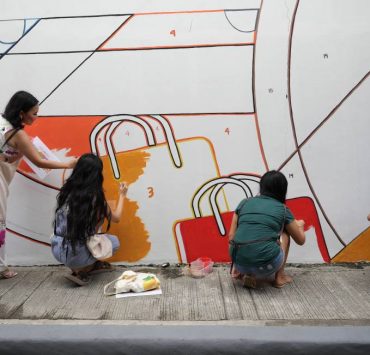Beyond beautiful: What wearing Filipino truly means
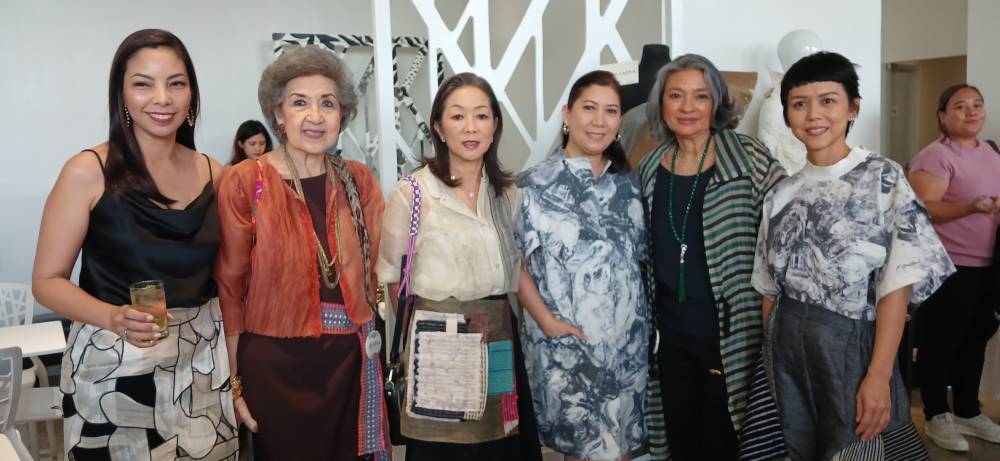
It’s time to go deeper.
With interest in and appreciation for local crafts having grown tremendously in the years since the first ArteFino Trade Fair in 2017, cofounder Marimel Francisco now invites the public to delve deeper into the story.
Francisco established ArteFino with Maritess Pineda, Mita Rufino, Cedie Lopez-Vargas and Susie Quiros to address the lack of appreciation for local crafts by training the spotlight on homegrown brands.
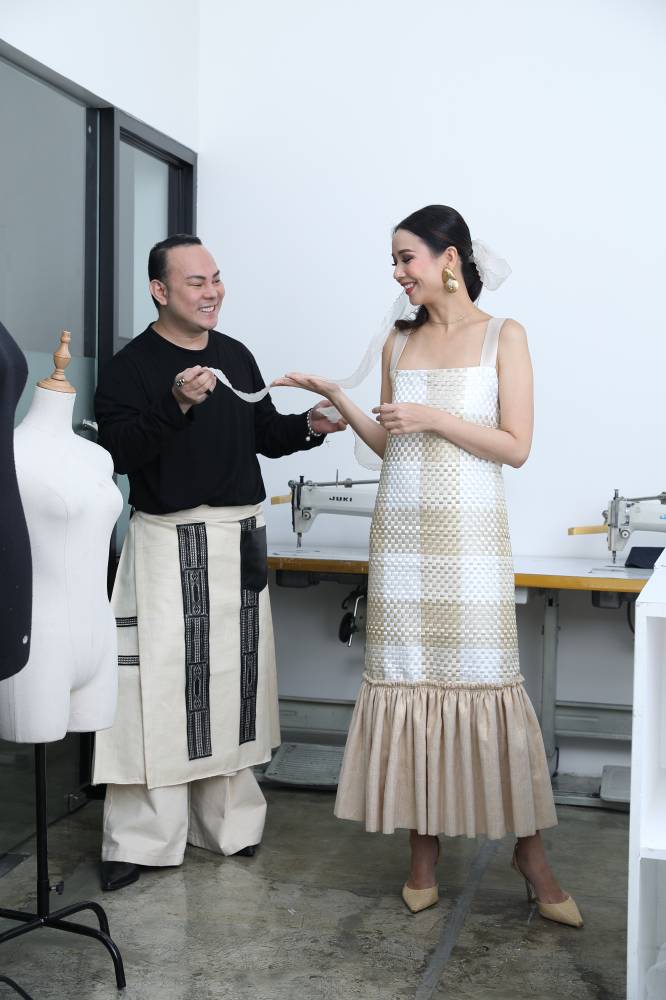
“We set out to create a movement and we feel like we’ve reached a certain aspect of that,” Francisco told Lifestyle. “But then there’s the next generation that we can tap and really inculcate this into.”
Patronage of Filipino-made pieces is just the start. “Yes, you’re wearing it proudly. But what does it really symbolize?” she said. “When you wear it, talk about your heritage, your national identity and the traditions that come with all these products that you can showcase to the world.”
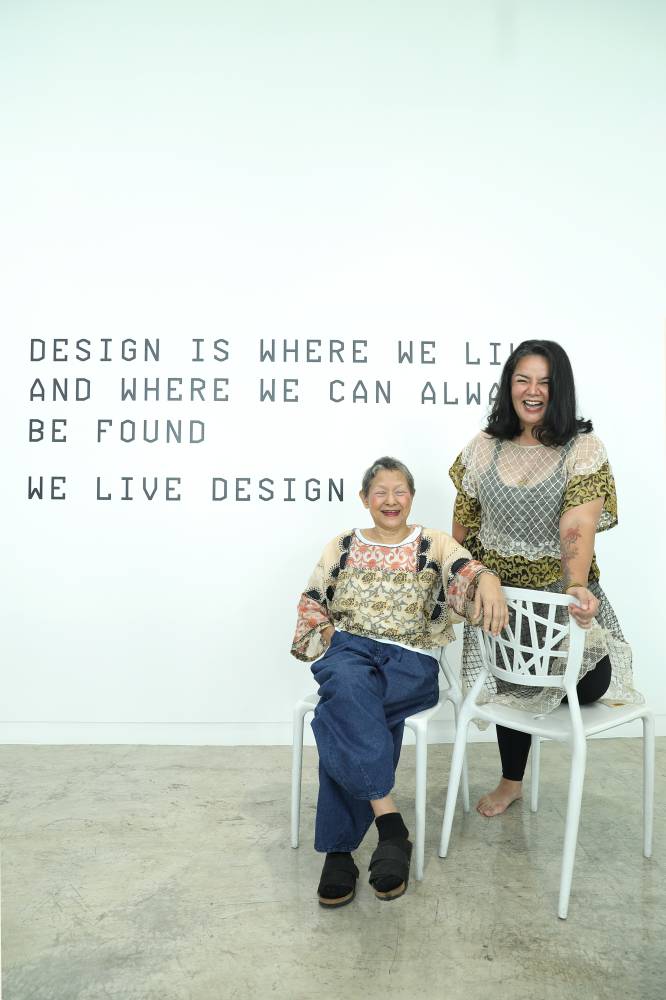
This year’s “KaPamana” campaign is an invitation to “explore new ways of doing things.”
It gathers local brands, social entrepreneurs and designers to come up with contemporary expressions that are rooted in our history. “It’s essentially heritage, but not in an old-fashioned way,” said Francisco, who was wearing a simple black ensemble with an abaca tapis by Steph Verano, whose designs will be one of 100 brands and products to be showcased at the ArteFino fair at The Fifth at Rockwell in Makati City from Aug. 22 to 25.
Resembling scattered puzzle pieces, the elegant tapis is made of sewn-together leftover abaca fabric. “It’s so beautiful. No two pieces are alike,” said Francisco. “If you want one, she has to gather the retasos.”
HeArteFino
In all her years being involved in the cause, Francisco remains in awe of Filipino talent. “I’ve been doing this for more than 10 years, but I am constantly in awe of the creativity in our people…Every time we visit the community, I become speechless.”
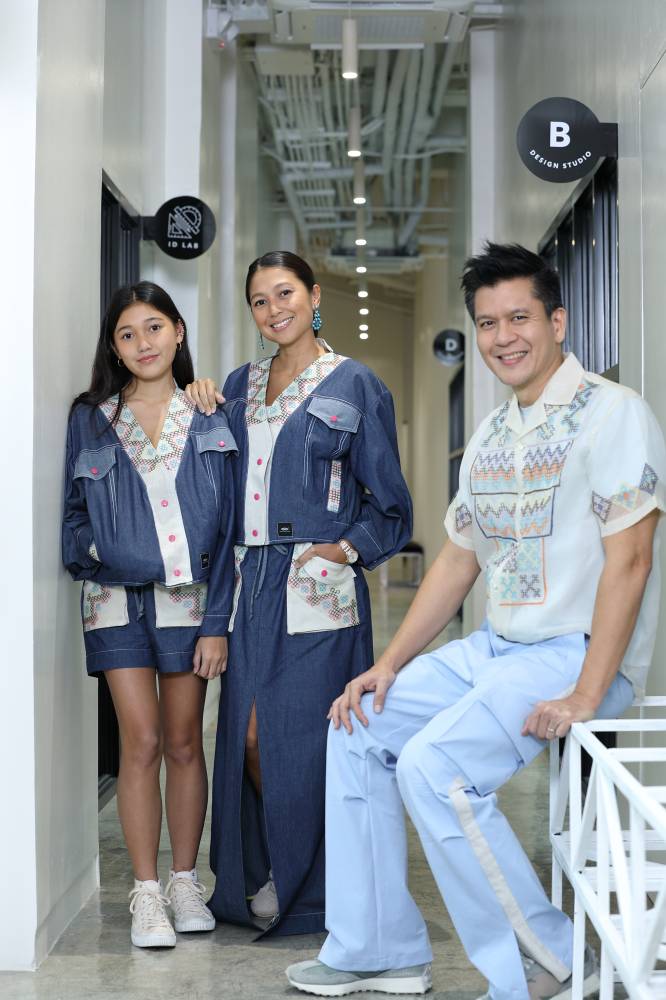
She added, “It’s really the work of their hands, blood, sweat and tears, and that’s also why you have to put a premium on this.”
All proceeds from the ticket sales for the fair will go to the HeArteFino Development Program, which lies at the core of the movement.
People come to shop and support local at ArteFino every year, but Francisco admitted that many forget or are not even aware about the movement’s reason for being.
While ArteFino is the fund-raising arm, HeArteFino aims to empower artisans, preserve traditions and help communities thrive through grants, workshops and business partnerships.
“We want this to be recognized globally,” Francisco added, noting how other Southeast Asian countries like Thailand and Indonesia have already achieved global recognition for their crafts and heritage.

According to her, it’s important to acknowledge how pieces are “painstakingly made, created with someone’s heart and their history. It’s an intangible aspect of the product.”
And it starts with us, said Francisco, encouraging going beyond aesthetics this time. “Yes, you’re wearing it proudly. But what does it really symbolize? When you wear it, talk about your heritage, your national identity and the traditions that come with all these products that you can showcase to the world when you’re wearing them.”
Zero waste
This year’s HeArteFino showcase features a limited-edition collection by visual artist Patty Eustaquio for Bayo Atelier.
The challenge from Bayo Group co-CEO and chief creative officer Anna Lagon was to create a zero-waste design, and Eustaquio eagerly stepped up to the plate.
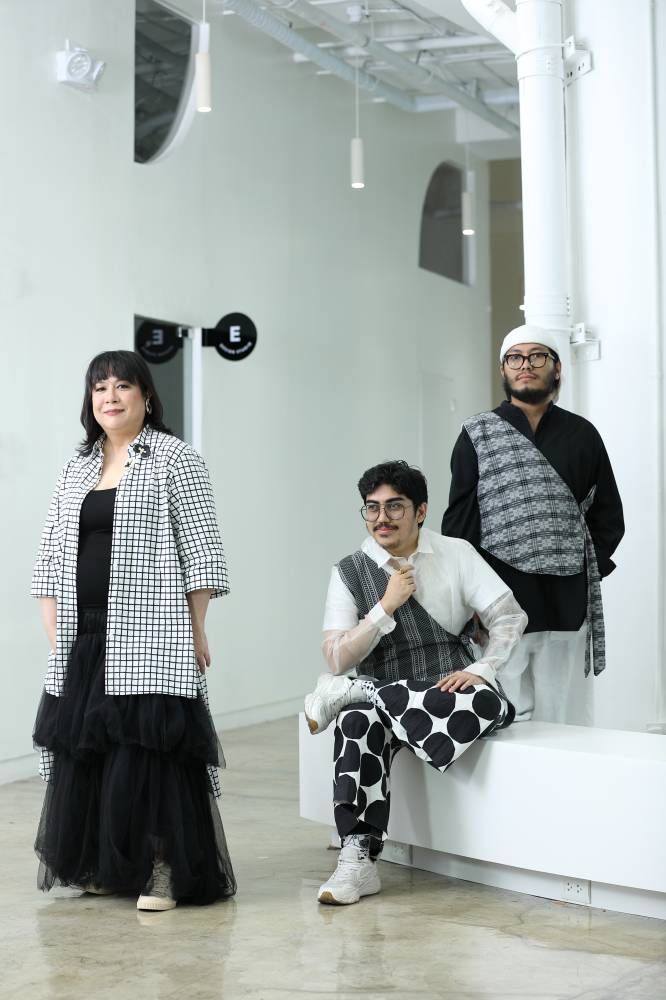
“I got really excited because I live in Benguet Province now and Bayo Foundation has a weaving hub in Baguio City,” said Eustaquio, who used to have her own clothing label. “It’s very aligned with my art and my personal philosophies. And because Bayo’s thrust in the last 10 years has really been to be sustainable, to be ethical, to be fair—and they’re so deeply committed to those ideas—that really inspired me.”
It took a while for the design to form in her head, said Eustaquio, who worked on all the patterns and prototypes herself (with some tweaks from Bayo).
“The pattern itself will not waste any fabric, which is why our designs have a bit of an odd shape: the pockets are a weird shape, the sleeves are attached weirdly. It’s because we try to utilize everything,” said Eustaquio. “We’re printing on demand, so there’s no waste even on that end. The inks are water-based, biodegradable. So we’ve done it end to end, from conception to fabrication.”
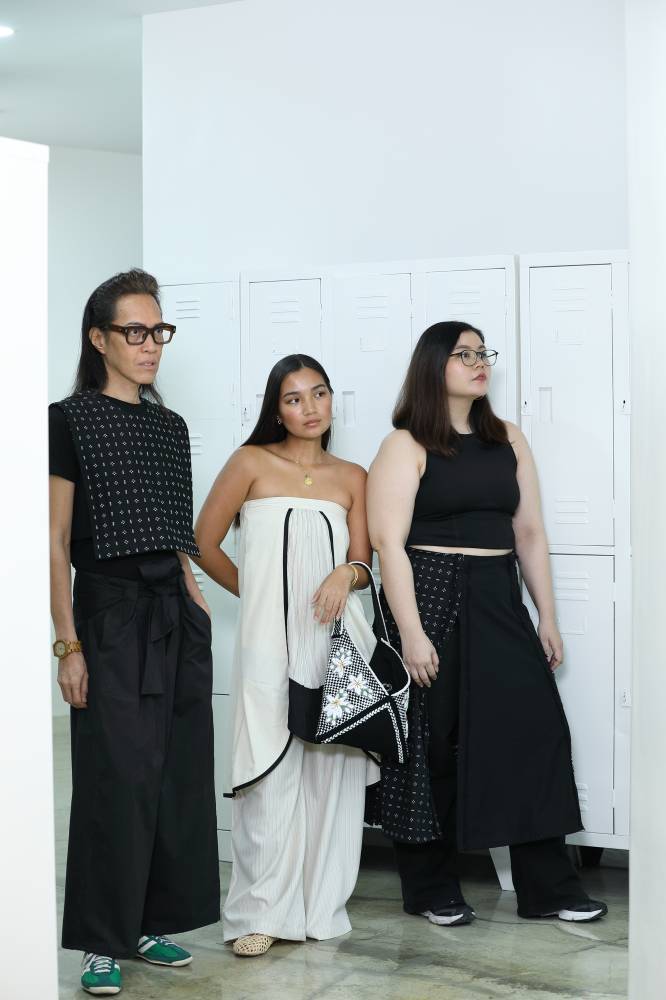
Even their packaging is well-thought-out, using compostable bags for the purchases.
The multimedia artist feels like a champion for marginalized things, she said with a disclaimer (“This is a very pretentious phrase.”) Even so, her advocacy is evident in her art.
“I call it material politics, in a way,” she said, adding that her focus earlier in her career had been on craft. “I was really pushing for craft because the finer arts of painting would diminish the craftier stuff. Now, it’s more political in a way, that is, talking about colonialism and stuff like that. But, really, I focus on things that have been diminished and discarded.”
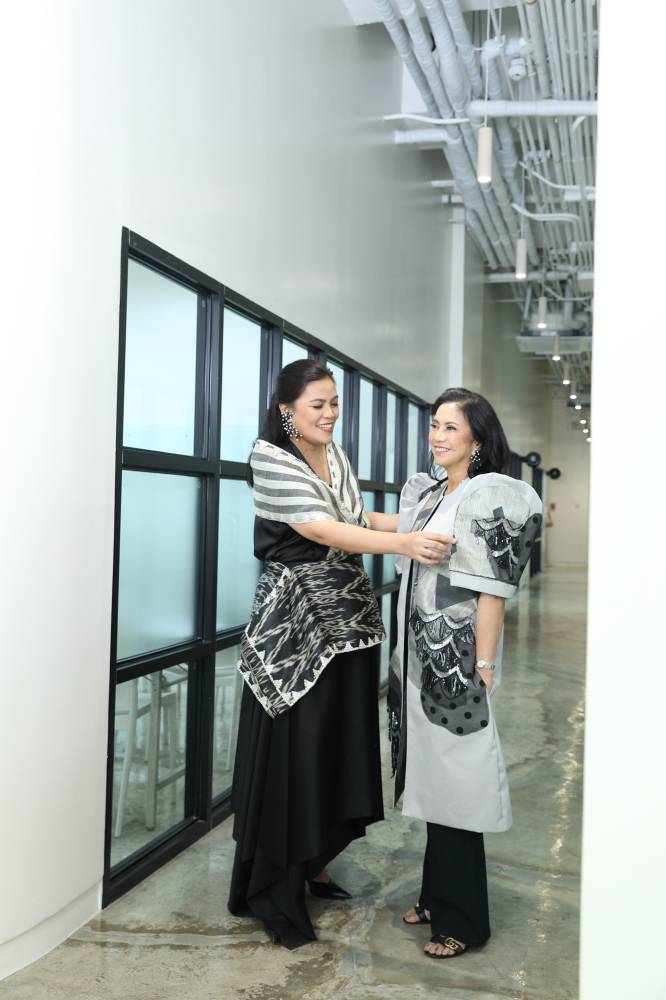
According to Eustaquio, she tries to commit to circularity in her work. For example, she creates soft sculptures out of the the waste from her tapestries.
“It’s so important to me because I believe that it’s a privilege to be alive in this world now, and we have to hand it off to young people the way we received it—or better,” she said. “For me, our only mission in life is to become better and better. So when we pass it on to the younger generation, it has to be better for them.”





